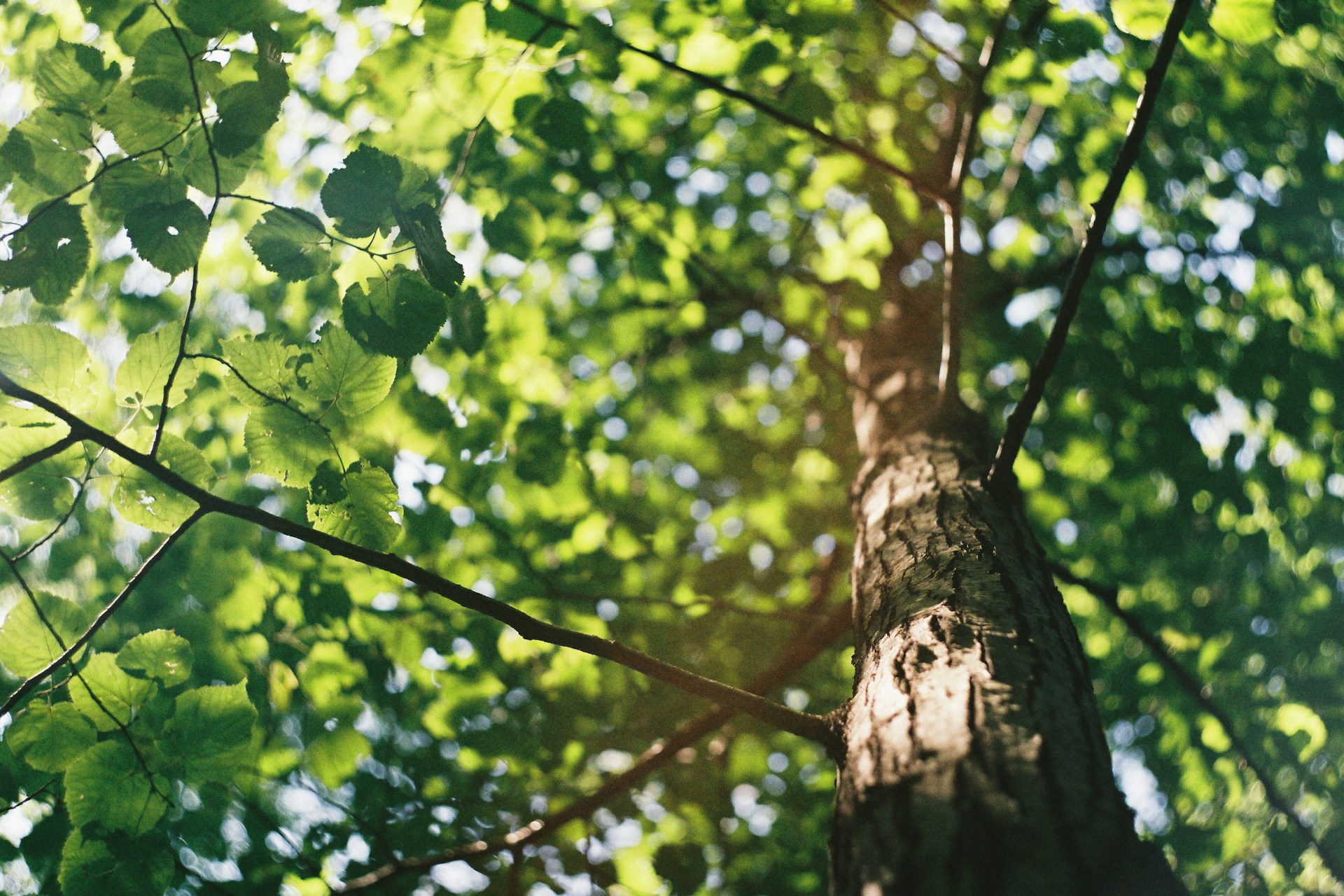Tree trimming, or pruning, is a vital part of maintaining the health, safety, and aesthetic appeal of the trees in your yard. While it might seem like a task that can be done at any time, the truth is that the timing of your tree trimming can significantly impact its benefits and the tree’s overall well-being. Knowing the optimal time of year for different types of pruning is crucial for effective tree care. At Eisenhower Tree Care, we guide homeowners in the Kansas City area through the best practices for maintaining their valuable trees.
Why Timing is Crucial for Tree Trimming
Trees respond differently to pruning depending on their dormant state or active growth. Trimming at the wrong time can stress a tree, inhibit growth, increase susceptibility to disease, or reduce flowering. Proper timing ensures the tree can recover quickly and direct its energy efficiently.
1. Late Winter to Early Spring: The Dormant Season (Ideal for Most Deciduous Trees)
This is generally considered the best time for significant pruning of most deciduous (leaf-shedding) trees.
- Why it’s ideal:
- Visibility: With no leaves, the tree’s structure is fully visible, allowing arborists to easily identify dead, diseased, or crossing branches.
- Disease Prevention: Pests and diseases are dormant during colder months, reducing the risk of infection entering fresh cuts.
- Rapid Healing: As spring approaches, the tree is poised for a burst of growth, enabling it to quickly seal wounds from pruning cuts.
- Energy for Growth: The tree’s stored energy is available to support new growth immediately after pruning, rather than trying to heal wounds and produce leaves simultaneously.
- What to trim: This is the perfect time for structural pruning, removing large dead or damaged limbs, thinning the canopy, and shaping the tree.
- Avoid: Flowering trees that bloom in early spring (e.g., dogwood, cherry) should generally not be pruned heavily during this time, as you’ll remove their flower buds.
2. After Spring Flowering: For Spring-Flowering Trees
If you have trees that produce beautiful flowers in early spring, like Dogwoods, Magnolias, or Cherries, you’ll want to prune them immediately after their blossoms fade.
- Why it’s ideal: You avoid cutting off the flower buds that formed the previous year, ensuring a vibrant display next spring. Pruning immediately after flowering gives the tree time to set new buds for the following year.
- What to trim: Light shaping, removing spent blooms, and addressing minor structural issues.
3. Summer: For Minor Adjustments and Specific Issues
Summer pruning is generally less common for major structural work but can be beneficial for specific purposes.
- Why it’s ideal:
- Dwarf Fruit Trees: Can be pruned in summer to control size and enhance fruit production.
- Remove Water Sprouts/Suckers: These fast-growing, upright shoots can be removed to improve tree health and appearance.
- Shape and Clearance: Light trimming for aesthetic shaping or to provide clearance from structures can be done.
- Disease Identification: Diseases often manifest clearly on leaves in summer, making identification easier.
- Avoid: Heavy pruning in summer can stress the tree, especially during hot periods, as it removes protective foliage and can expose bark to sunscald.
4. Fall: Generally to Be Avoided for Major Pruning
Fall is often considered the least ideal time for significant tree trimming.
- Why it’s problematic:
- Disease & Pest Risk: Fungi and diseases are active, and fresh cuts can attract insects looking for winter shelter.
- Delayed Healing: Trees are entering dormancy, so pruning cuts won’t heal quickly, leaving them open to pathogens throughout winter.
- Stimulates New Growth: Pruning can stimulate new growth that won’t have time to harden off before winter, making it susceptible to frost damage.
- What to trim: Very minor deadwood removal might be acceptable, but generally, major pruning should be postponed.
5. Evergreen Trees:
Evergreen trees, such as pines, spruces, and firs, generally have different trimming needs. Light shaping and removing dead or damaged branches can often be done at any time, but extensive pruning is best done in late winter or early spring when they are less actively growing.
When in Doubt, Consult a Professional About Tree Trimming
While these guidelines offer a good starting point, every tree is unique. Factors like tree species, age, health, and location can influence the optimal pruning time. For significant trimming, complex situations, or any tree that poses a safety concern, it’s always best to consult with a certified arborist.
At Eisenhower Tree Care, our experienced arborists can assess your trees, recommend the best time for trimming, and perform the work safely and effectively. Proper timing and expert execution ensure your trees remain healthy, beautiful, and a safe asset to your property for years to come.

